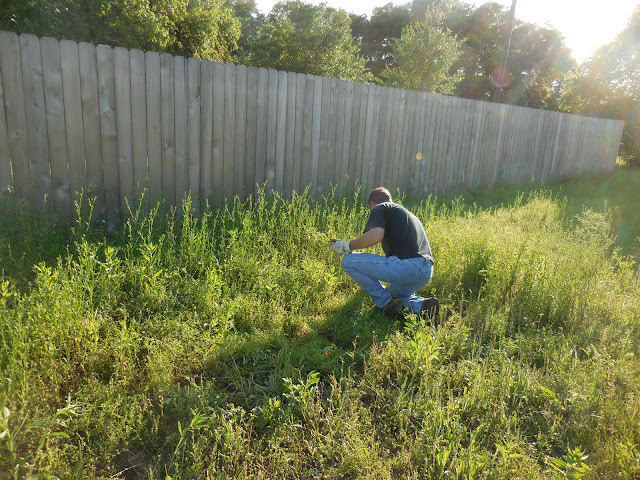
It's official! Our segment on Central Texas Gardener is on the air! Online, check out our segment, "Blanco Native Plant Garden and Pocket Prairie." We're so honored to be featured!
Here's a YouTube link to the same segment: "Blanco native plant garden and pocket meadow: Sheryl Smith-Rodgers and James Hearn."
Here's a YouTube link to the same segment: "Blanco native plant garden and pocket meadow: Sheryl Smith-Rodgers and James Hearn."
As a side note, they filmed our gardens in late June after our horrendous Memorial Day Weekend 2015 floods. That very day, Linda Lehmusvirta, Central Texas Gardener producer, and her crew came to our home, we had heavy rains and even a tornado warning. Which is why we had to come inside for our sit-down interview.




















































